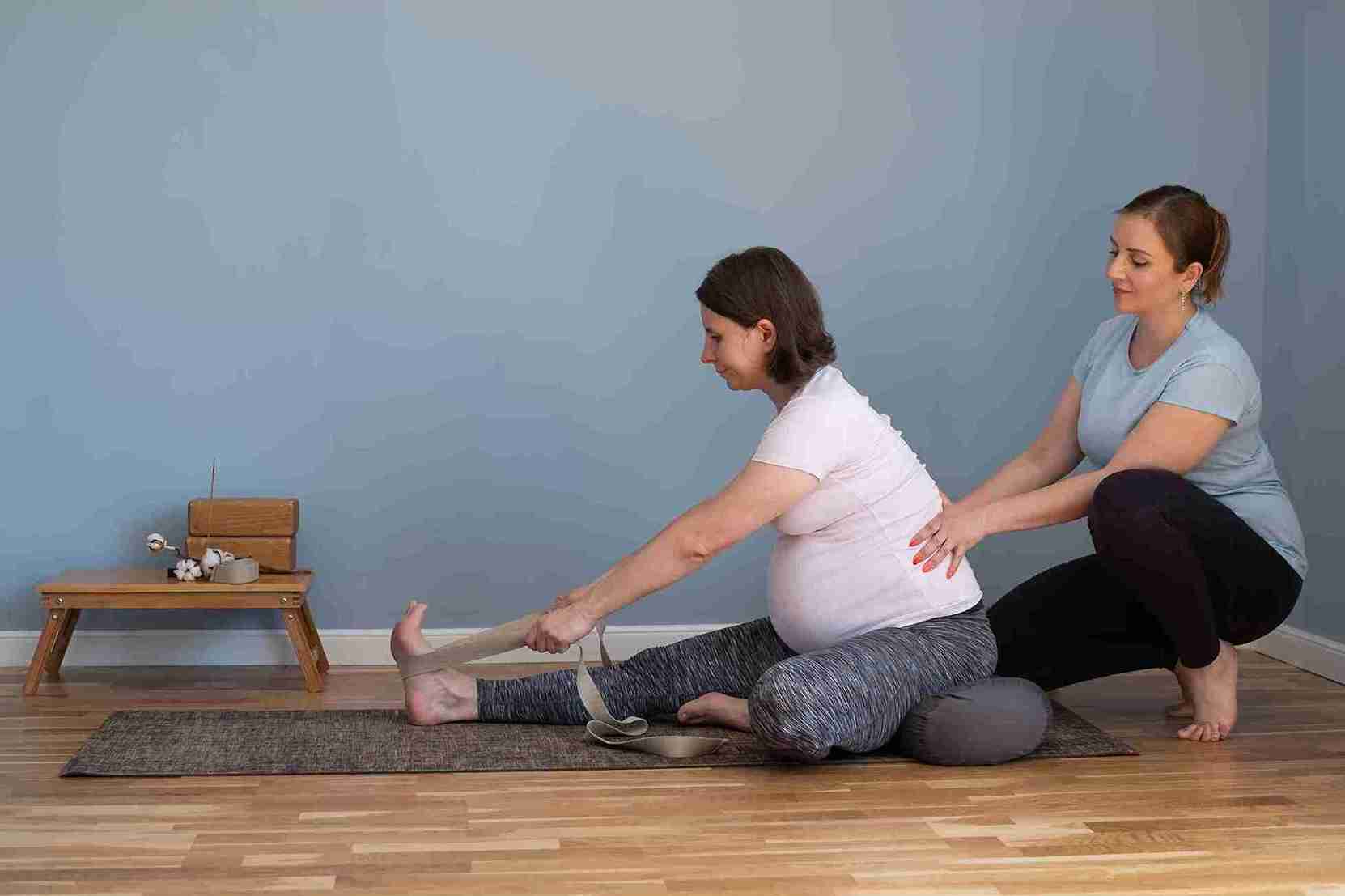
Reaching the 40-week mark in pregnancy is an important milestone—a time of eager anticipation for every expecting parent. As you complete the 40 weeks, your little one is almost ready to enter your world. However, labour can start earlier or later than expected and it's not always possible to time it precisely at 40 weeks.
While you may not know when labour begins, you can focus on a healthy pregnancy, which reduces the risk of preterm labour. Let's explore whether labour can be delayed until full term. We can also learn some healthy pregnancy tips to prevent early labour.

Preterm labour occurs when the uterus starts contracting and the cervix begins to open between 20 and 37 weeks of pregnancy. Early labour can lead to premature birth, which may pose health risks for the baby. The detection of preterm labour is an essential index for early clinical treatment. These signs of preterm labour include:
● Regular or frequent contractions
● Light backache
● A sensation of pelvic or lower abdominal pressure
● Abdominal cramps
● Light bleeding or spotting
● Changes in vaginal discharge
If you have any of these symptoms, contact your physician immediately. Early interventions can reduce complications and ensure safe pregnancy and parturition.
A healthy lifestyle during pregnancy can decrease the incidence of preterm labour. Here are some recommendations:
Attend all scheduled prenatal visits to monitor maternal health status and fetal growth. Early and regular antenatal care can help detect and resolve risk factors.
Consume foods high in micronutrients, proteins, vitamins and minerals. Adequate intake of iron, calcium, folic acid and omega-3 polyunsaturated fatty acids is vital for fetal growth and maturation.
Dehydration can trigger contractions. Pregnant women should consume sufficient water throughout the day to stay hydrated.
Stop smoking, alcohol use, or illegal drug use since each of these increases the risk for preterm birth and adverse outcomes for the baby.
Practice relaxation techniques (i.e., prenatal yoga, meditation, deep breathing) with the potential to attenuate stress.
Achieving proper weight is supportive of infant health. Ask your physician about ideal weight gain during pregnancy.
Although exercise is helpful, talk to your healthcare provider about safe activities of daily living during pregnancy. Avoid intense workouts and heavy lifting.
Pay attention to the symptoms of preterm labour and notify your medical professional of any suspicious symptoms as soon as possible.

Preparing your body for labour can ensure a smooth delivery as your due date approaches. Natural methods support the process and encourage labour to start on time. Simple lifestyle changes, gentle exercises and relaxation techniques can make a big difference. Here are some natural ways to prepare for labour and promote a healthy birth experience.
Passive exercises like walking help prepare the body for natural delivery and stimulate cervical dilation.
Practice yoga before delivery to increase joint movements, relieve pain and prepare the uterus for delivery. Specific yoga poses help strengthen muscles and enhance relaxation.
Massaging the perineal area in the weeks leading up to your due date may reduce the risk of perineal tears during delivery and improve its elasticity.
Deep breathing, meditation and calming music can be soothing. These methods help prepare the body to be stress-free and relaxed, leading to higher chances of carrying the baby to term and having a natural delivery.
Adequate sleep is essential during the third trimester of pregnancy. It helps reduce stress, while unhealthy sleep patterns increase tiredness, which may, in turn, impact labour progression.
At 40 weeks, the fetus is fully developed, and delivery is impending. Delivery signs may be seen from 37 to 42 weeks.The absence of labour signs doesn’t mean you need to worry. Typically, babies are born on their due date in about 5% of cases.
Your obstetrician will closely monitor your pregnancy and discuss the steps to be taken. For example, if labour doesn't start naturally by 41 or 42 weeks, doctors may use methods like membrane stripping or induction to help initiate the process.
Your body will show signs of labour as you near your due date. These signs can appear days or even weeks before active labour begins. Some common indicators include:
● Braxton Hicks's contractions become more frequent.
● Mucus plug discharge is an early indicator of labour.
● The rupture of the amniotic sac (waters breaking) often signals the onset of labour.

At 40 weeks, if labour has not yet begun, doctors will take measures such as:
● Membrane Sweeping - The obstetrician performs a membrane sweep by separating the amniotic sac from the cervix to stimulate hormone release, which may induce labour.
● Cervical Ripening Medications - Some drugs hasten cervical softening and dilation to affect labour induction.
● Oxytocin (Pitocin) - This peptide induces contractions and hastens labour.
Labour may not start exactly at 40 weeks, but healthy habits can support a full-term pregnancy. Regular prenatal checkups, proper nutrition, stress control and knowledge of clinical signs of preterm labour are essential for a healthy pregnancy. Consult your obstetrician for tips and recommendations during your pregnancy journey.

While you cannot delay the onset of labour, proper nutrition, hydration, stress management and routine prenatal care can increase the chances of a full-term delivery and reduce the risk of premature birth.

Regular prenatal check-ups help your doctor monitor your health and detect any concerns early. Comprehensive prenatal care includes treating pre-existing conditions, screening for infections and providing dietary recommendations to support a full-term pregnancy.

Increased stress levels and worry may cause hormonal imbalances, increasing the risk of preterm delivery. Practice relaxation techniques, maintain a supportive environment and seek expert help when needed for effective stress management.
